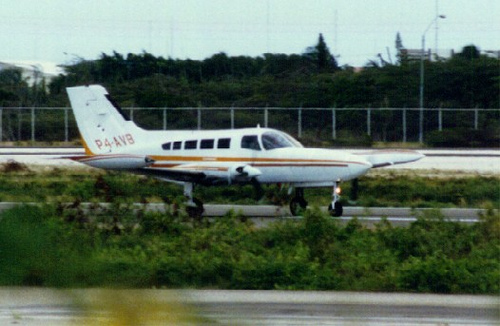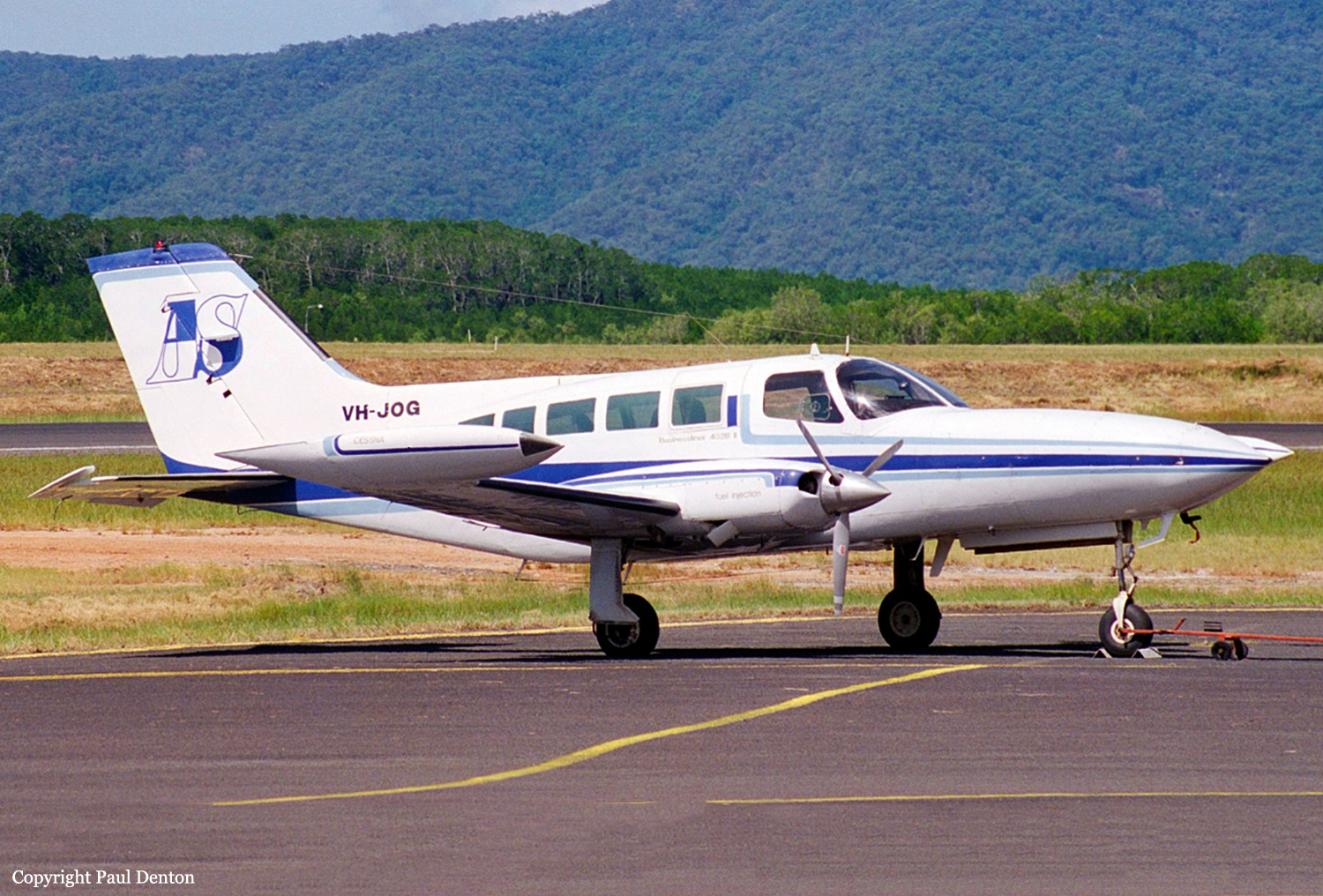Crash of a Cessna 402A off Caracas: 6 killed
Date & Time:
Mar 2, 1997 at 2145 LT
Registration:
YV-784C
Survivors:
No
Schedule:
Caracas - Los Roques
MSN:
402A-0111
YOM:
1969
Crew on board:
1
Crew fatalities:
Pax on board:
5
Pax fatalities:
Other fatalities:
Total fatalities:
6
Circumstances:
The twin engine aircraft departed Caracas-Maiquetía-Simon Bolívar Airport at 2145LT on a charter flight to Los Roques. Few minutes later, it went out of control and crashed in the sea bout 85 km north of Caracas. Some debris were found floating on water but no trace of the wreckage nor the six occupants.
Probable cause:
Due to lack of evidences, the exact cause of the accident could not be determined.






